Using a microscopic ring to produce pulsed light
Researchers funded by the Swiss National Science Foundation have made a chip-based device that can generate a laser signal with frequencies spaced in a comb-like fashion. Their work could be used in telecommunications applications and in chemical analysis
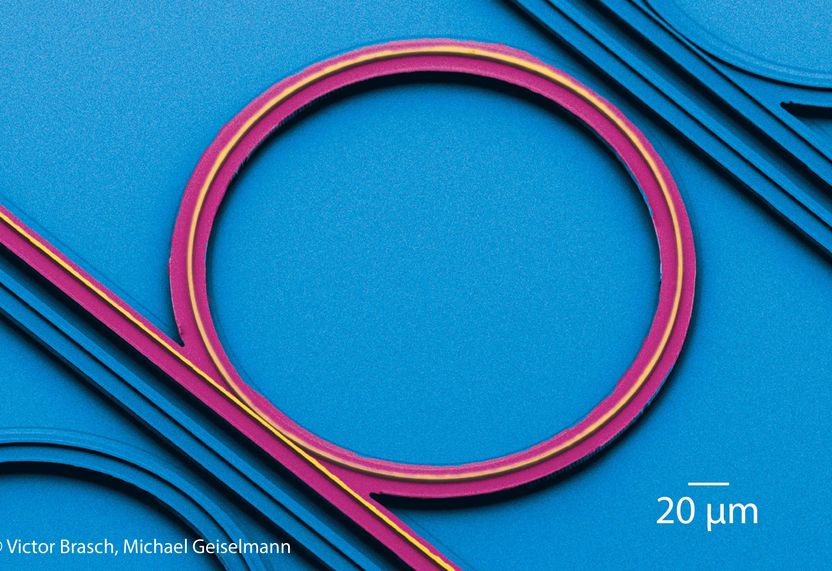
© Tobias Kippenberg/EPFL
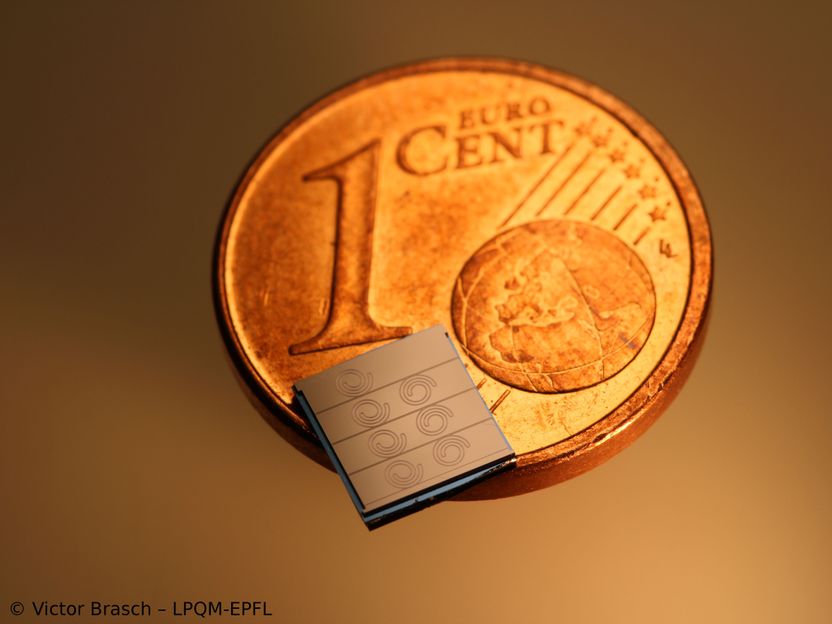
Researchers funded by the SNSF have developed a laser signal generating device useful for telecommunications applications and chemical analysis.
© Tobias Kippenberg/EPFL
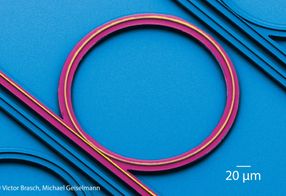
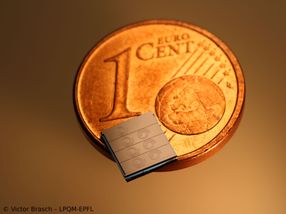
In general, light and water waves alike stretch out and dissipate as they move further and further away from their source. However, there is a type of wave that maintains its shape as it propagates: solitons.
Researchers funded by the Swiss National Science Foundation (SNSF) have successfully produced optical solitons – light waves that retain their shape – using a microresonator. The light is composed of a range of frequencies separated very precisely by the same distance, producing what physicists call a frequency comb, since it resembles the regular spacing between the teeth of a comb.
A new record
To generate the solitons, researchers at EPFL and the Russian Quantum Center in Moscow have used microresonators. "These microscopic ring-shaped structures are made from very fine silicon nitride," explains Tobias Kippenberg, the EPFL group leader. "They are capable of storing for a few nanoseconds the light of the laser to which they are coupled. This period of time is sufficient for the light to circumnavigate the ring thousands of times and to accumulate there, which strongly increases the intensity of the light." The interaction between the microresonator and the light becomes non-linear. The laser, which is normally continuous by nature, is converted into ultra-short pulses: solitons.
By adapting the parameters for manufacturing microresonators, the EPFL researchers additionally managed to generate a so-called soliton Cherenkov radiation. This broadens the frequency spectrum: the comb contains a greater number of teeth. Published in Science, the results have set a new record for this type of structure. The frequencies generated now extend over two thirds of an octave compared with the frequency of the laser.
Patent pending
"These results represent a promising advance for applications that require many widely spaced frequencies," says Kippenberg. In the context of optical communications, one single laser would be enough to create a range of individual frequencies which could separately carry information. Chemical spectroscopy and atomic timekeeping are other potential fields of application. "We have filed a patent, since there is potential for further technological developments," says Kippenberg.
Frequency combs, a discovery by Theodor Hänsch and John Hall that won them a Nobel Prize for Physics in 2005, are generally created using very large lasers. "The ability to produce optical frequency combs using small chips represents an interesting advance for making them more user-friendly," says Tobias Kippenberg.
Original publication
Original publication
V. Brasch et al.; "Photonic chip–based optical frequency comb using soliton Cherenkov radiation"; Science; 2015
Organizations
Other news from the department science

Get the chemical industry in your inbox
By submitting this form you agree that LUMITOS AG will send you the newsletter(s) selected above by email. Your data will not be passed on to third parties. Your data will be stored and processed in accordance with our data protection regulations. LUMITOS may contact you by email for the purpose of advertising or market and opinion surveys. You can revoke your consent at any time without giving reasons to LUMITOS AG, Ernst-Augustin-Str. 2, 12489 Berlin, Germany or by e-mail at revoke@lumitos.com with effect for the future. In addition, each email contains a link to unsubscribe from the corresponding newsletter.
Most read news
More news from our other portals
Last viewed contents
Gamma_ray

Scientists show how to store liquid fuels in polymeric gels to prevent explosions and fires - Researchers from Japan investigate a new safer way to transport and store fuels
Yara acquires remaining shares in Yara Nipro
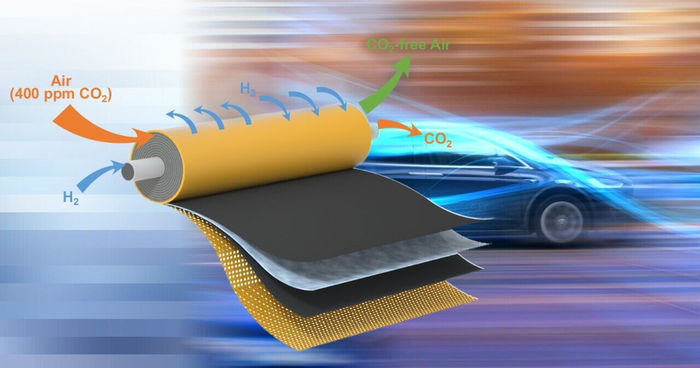
Game-changing technology to remove 99% of carbon dioxide from air - Carbon capture advance could bring environmentally friendly fuel cells closer to market




























































